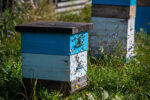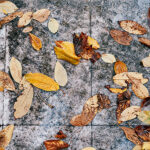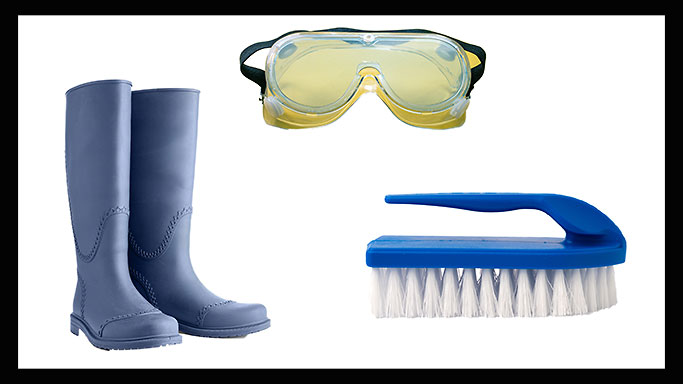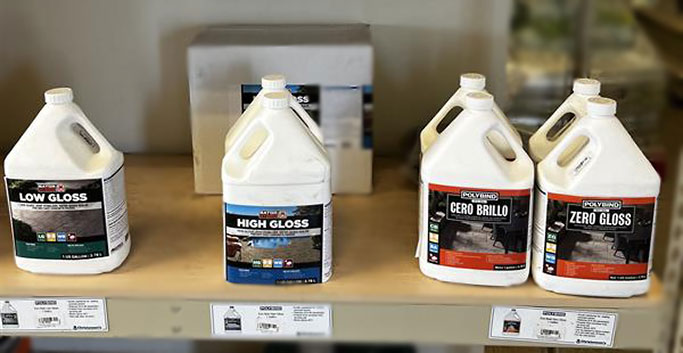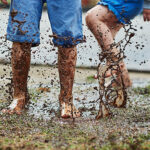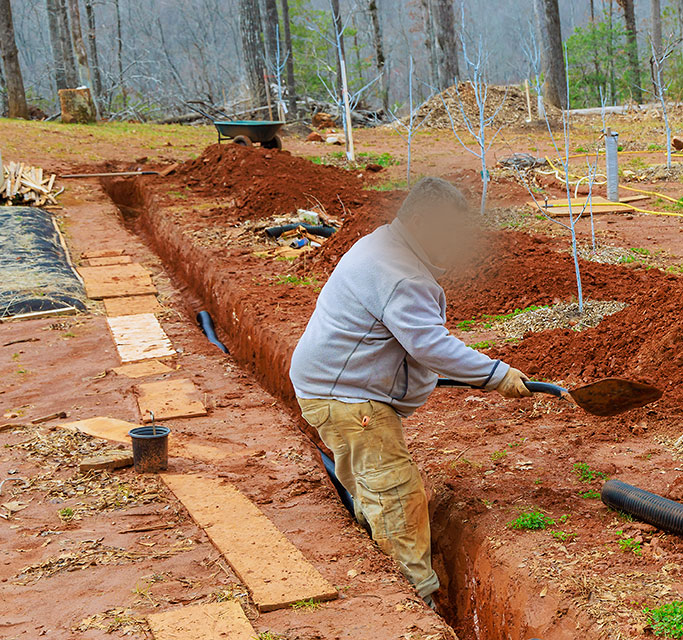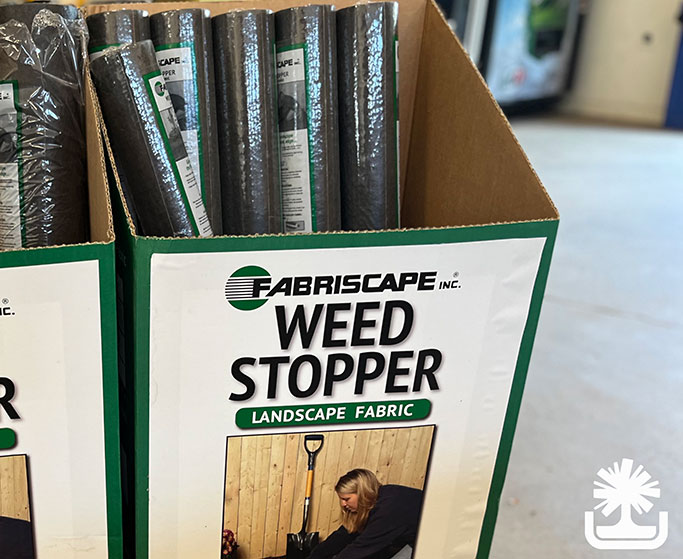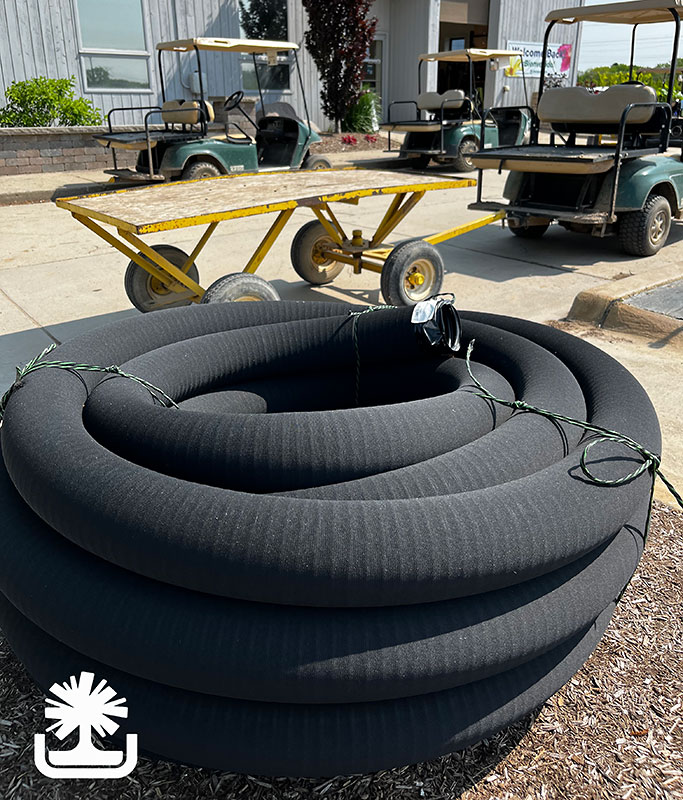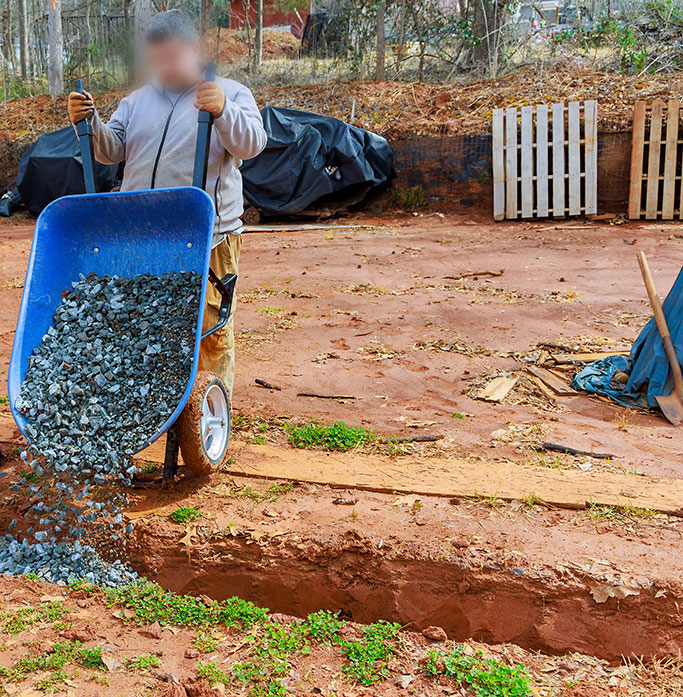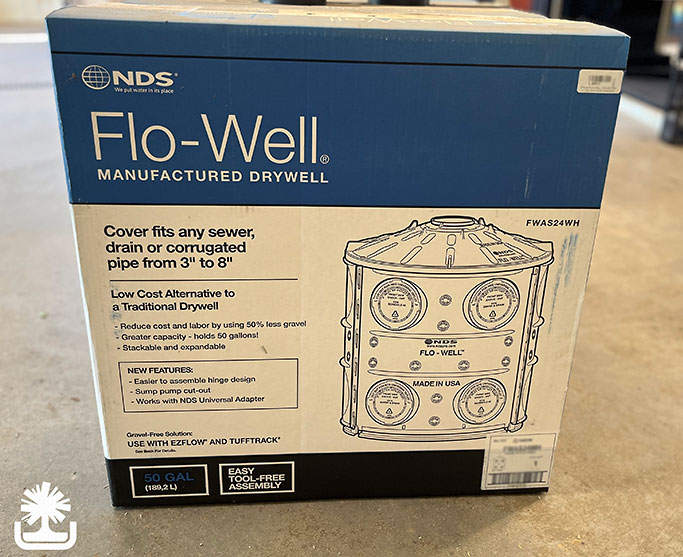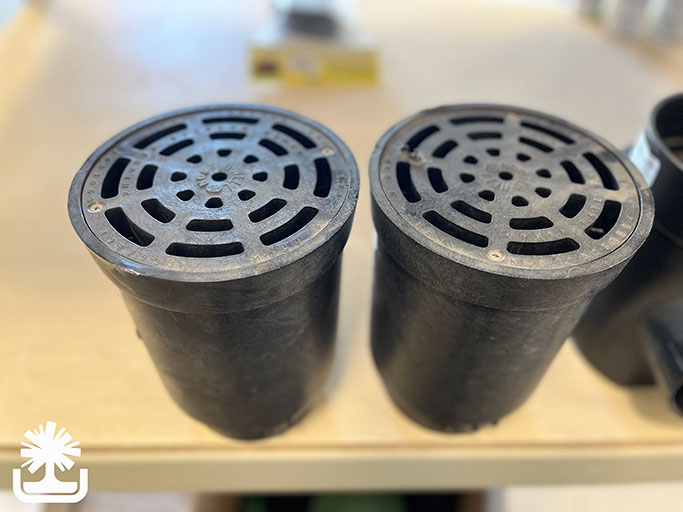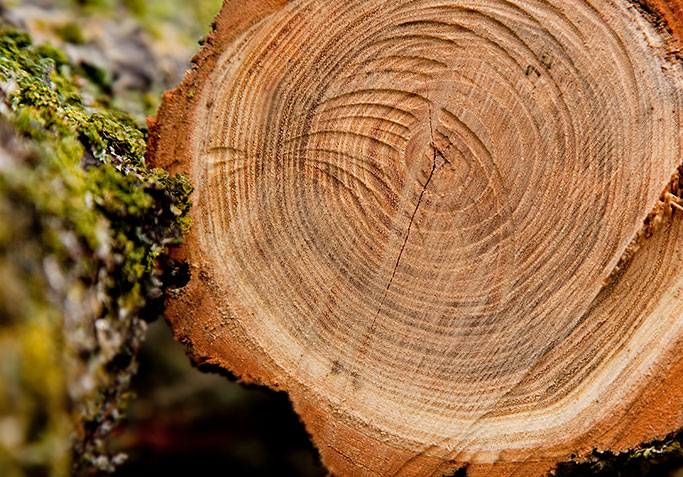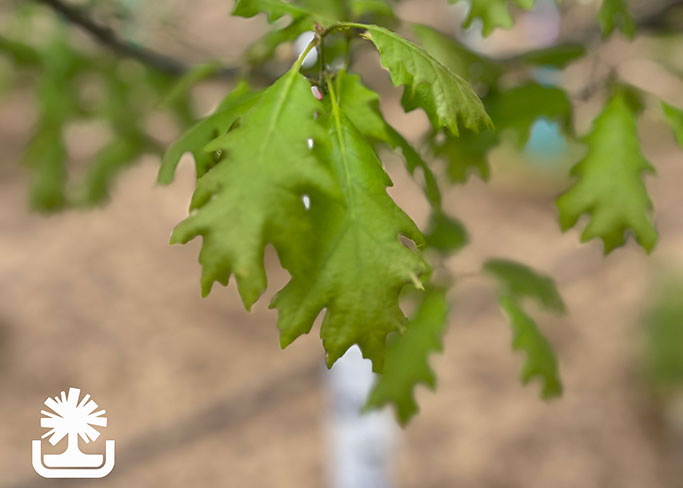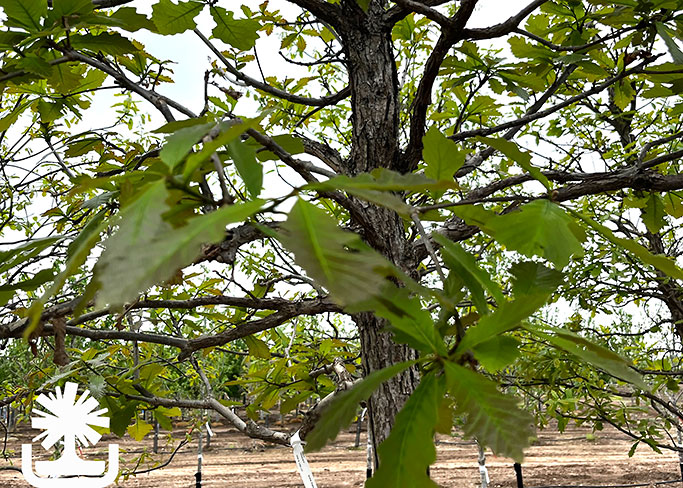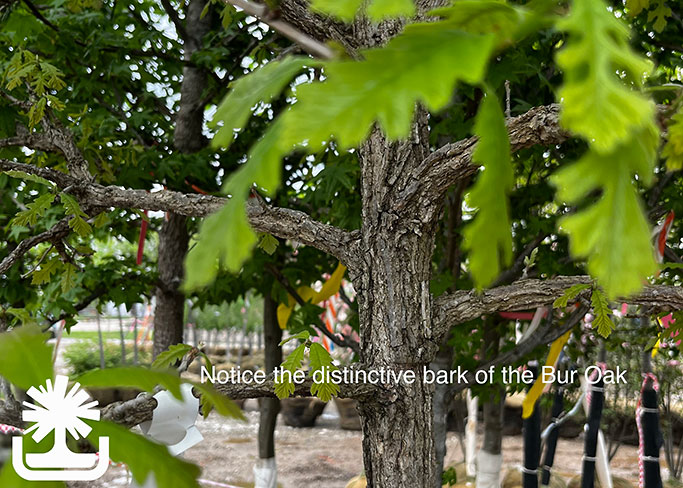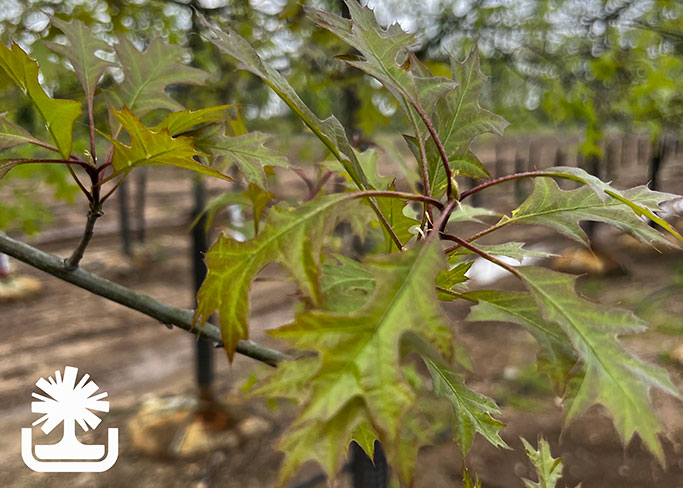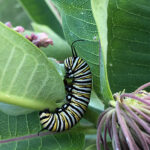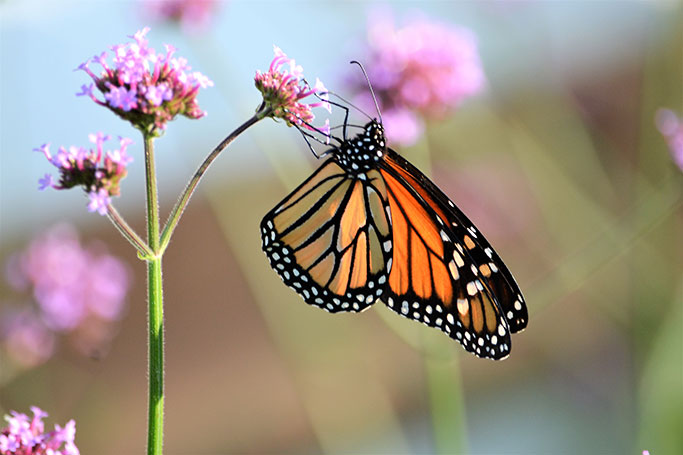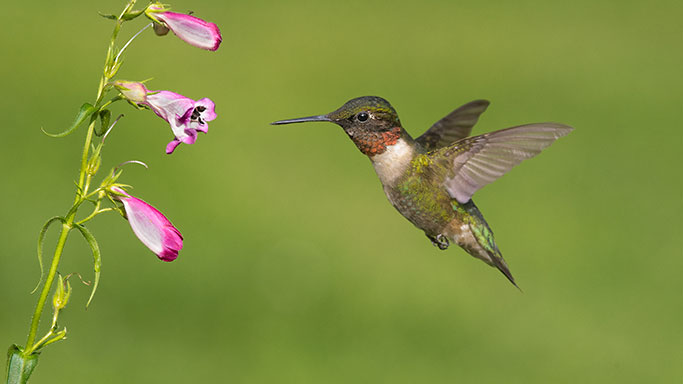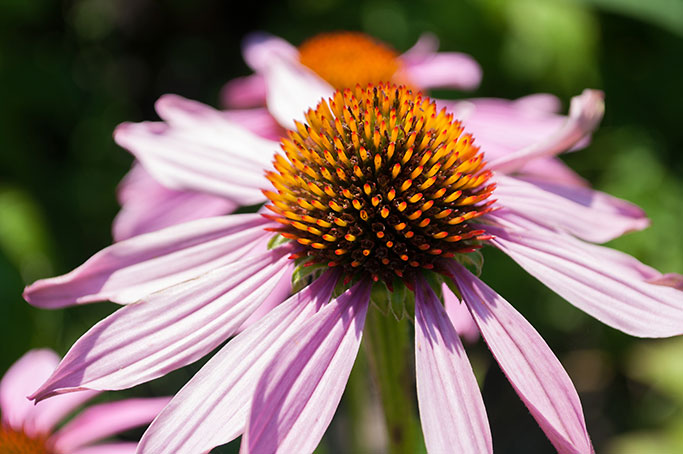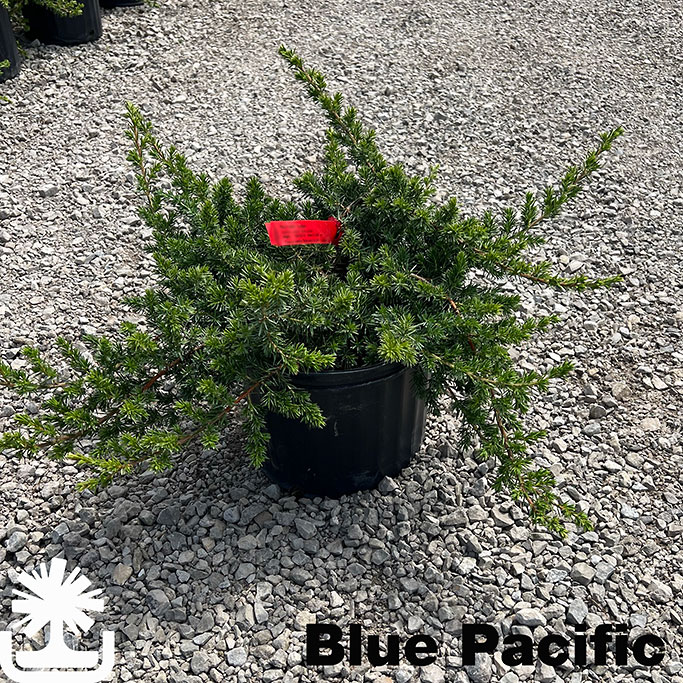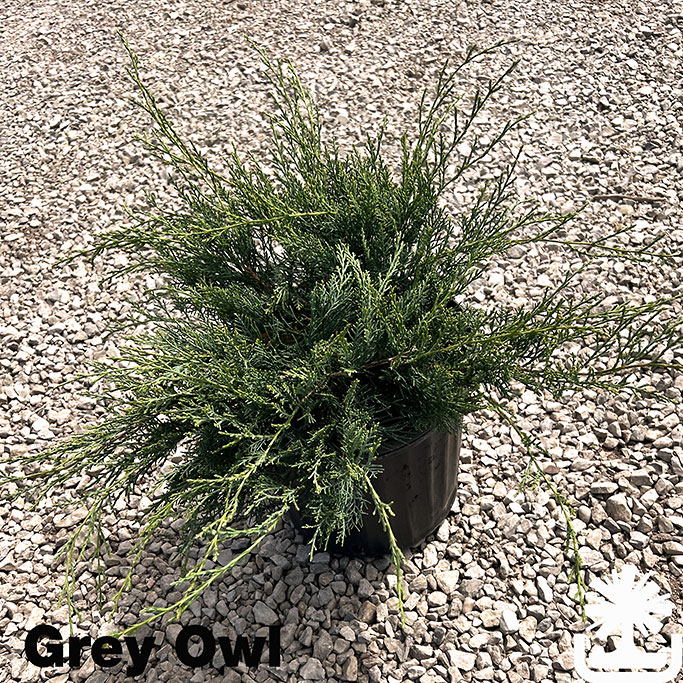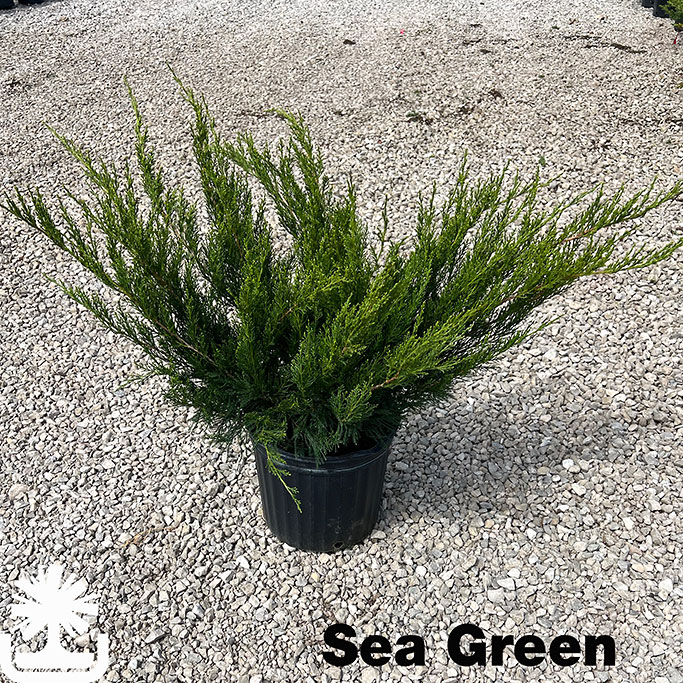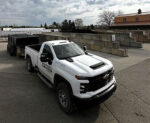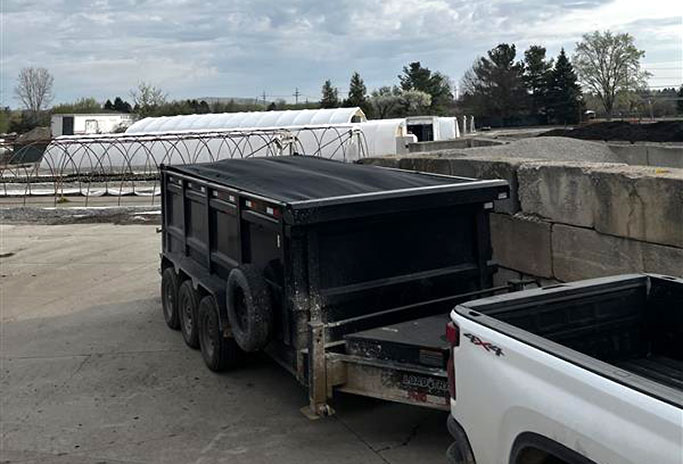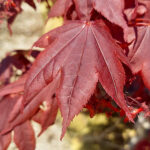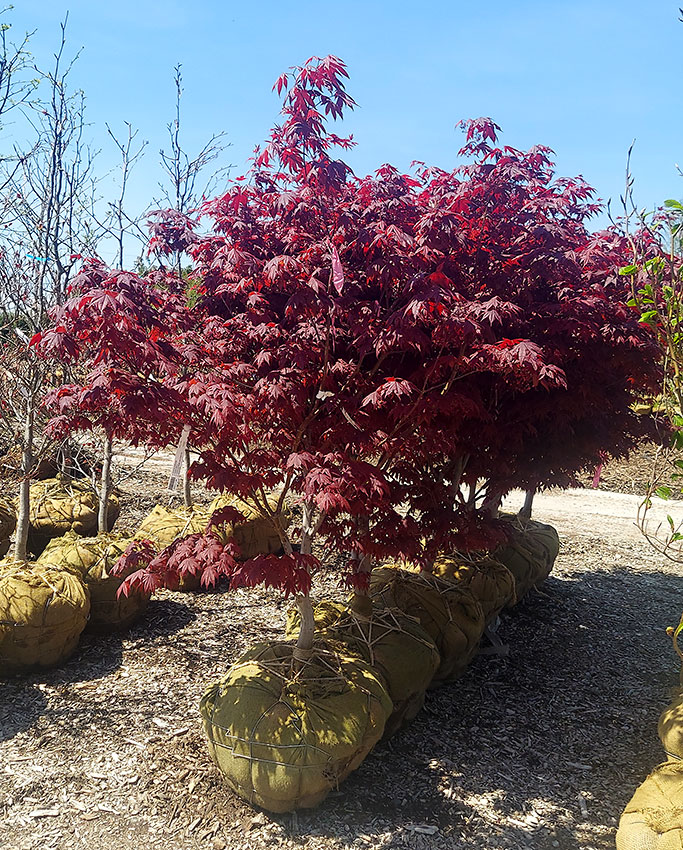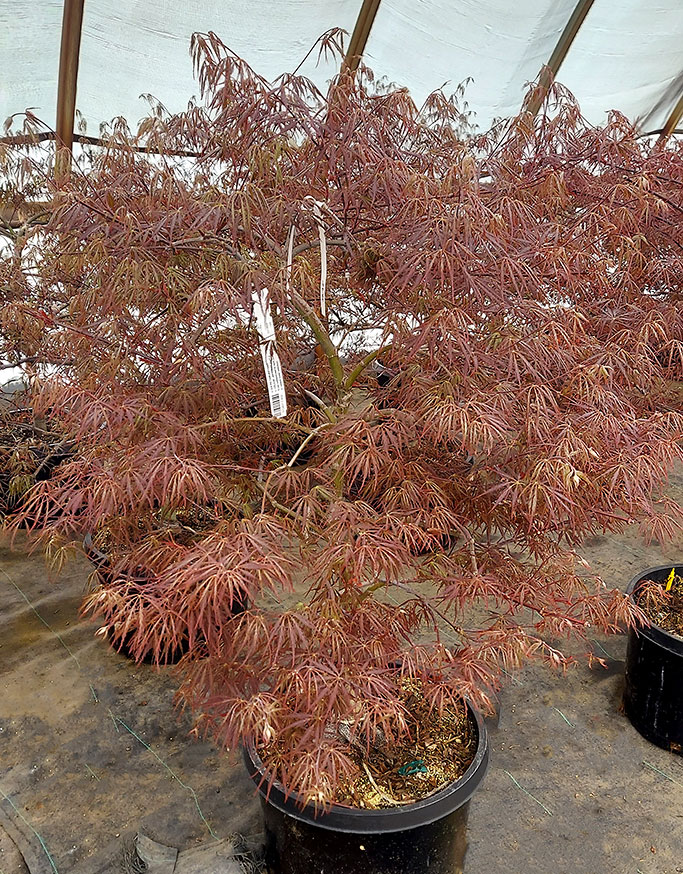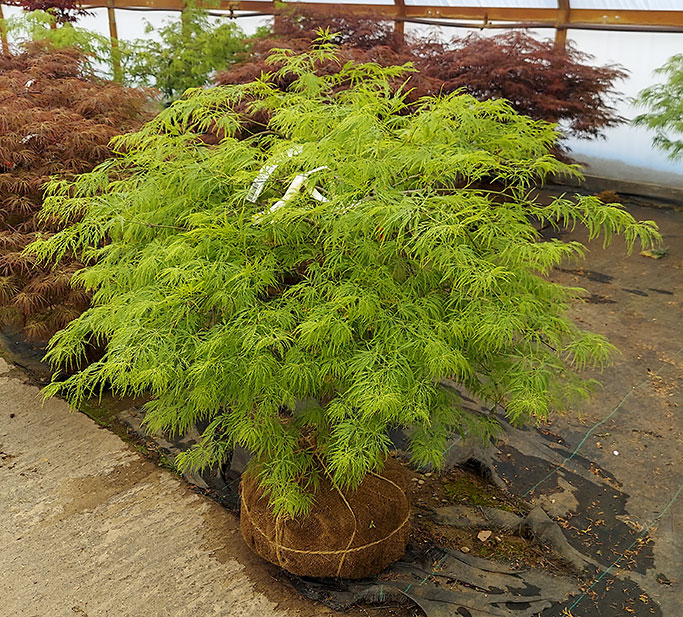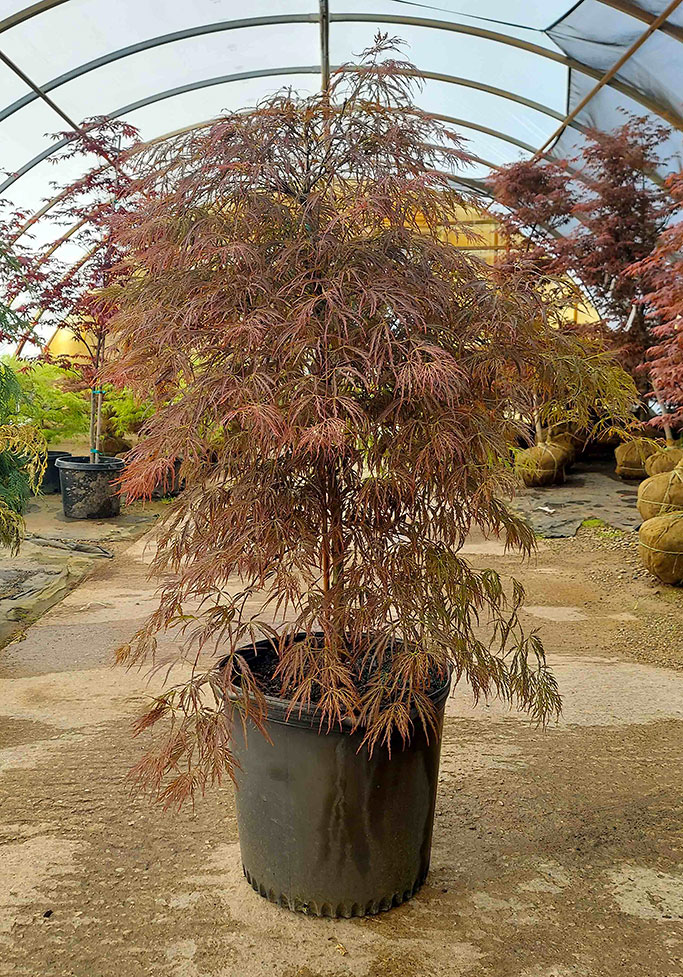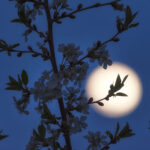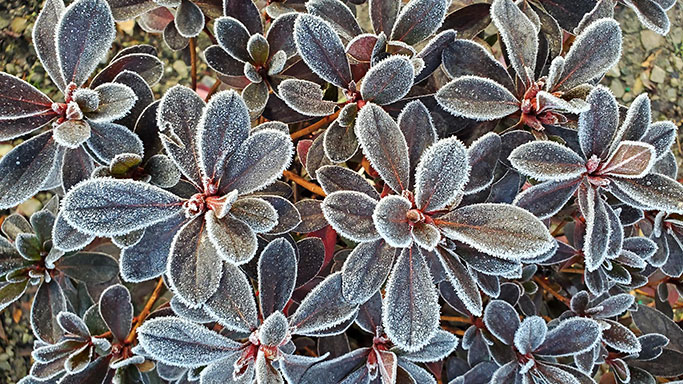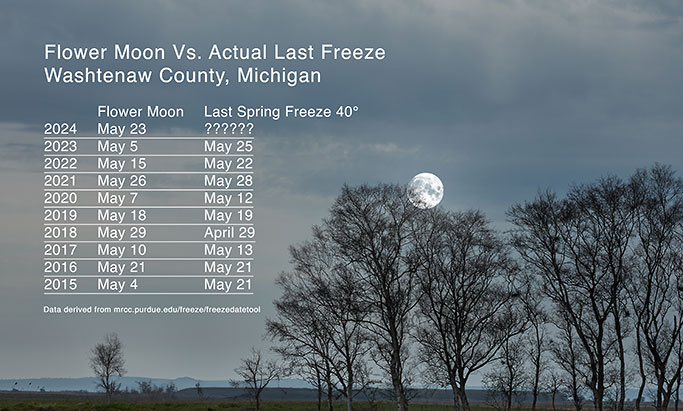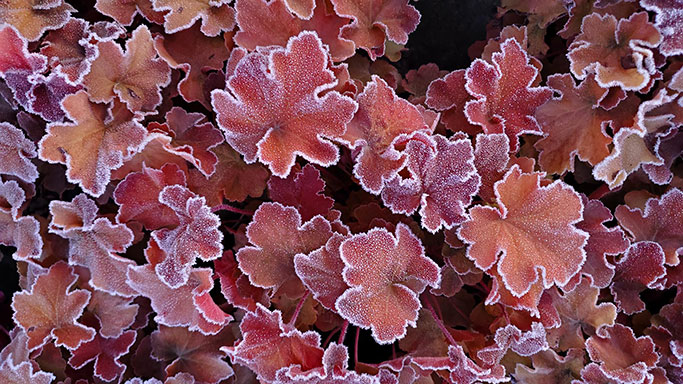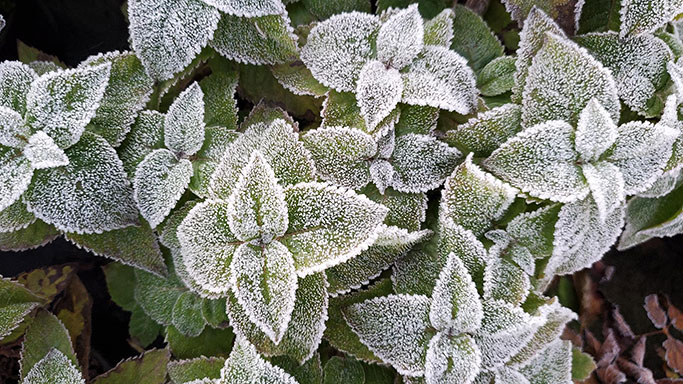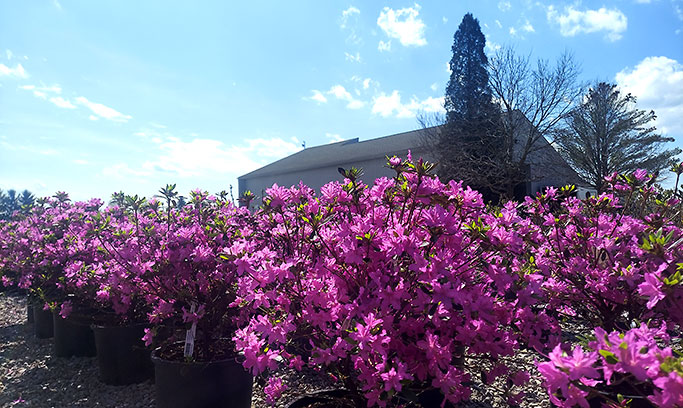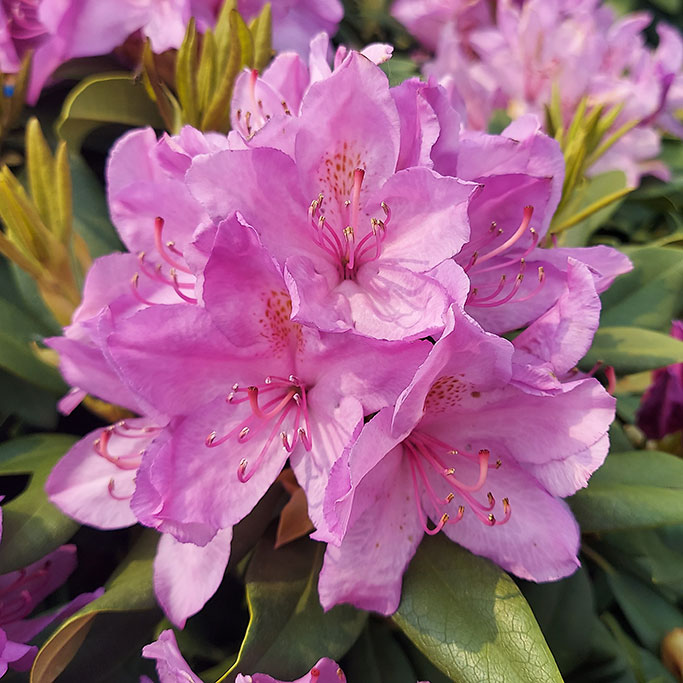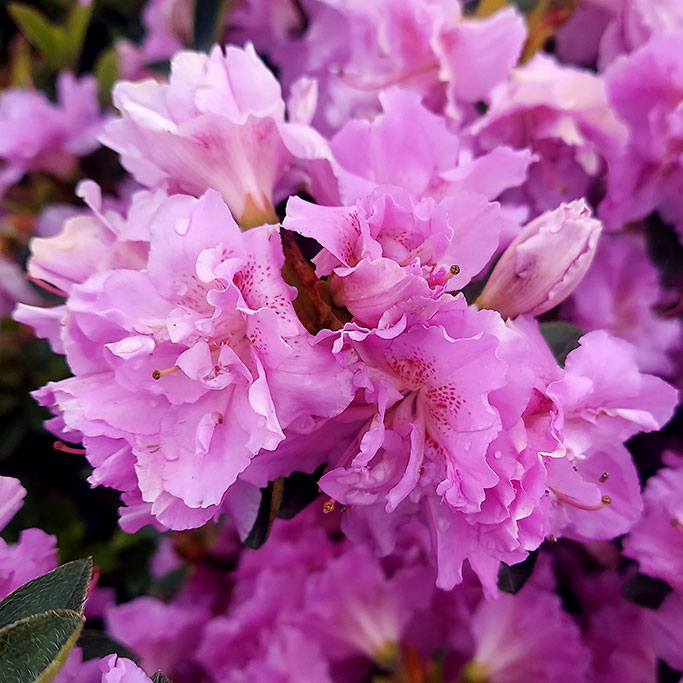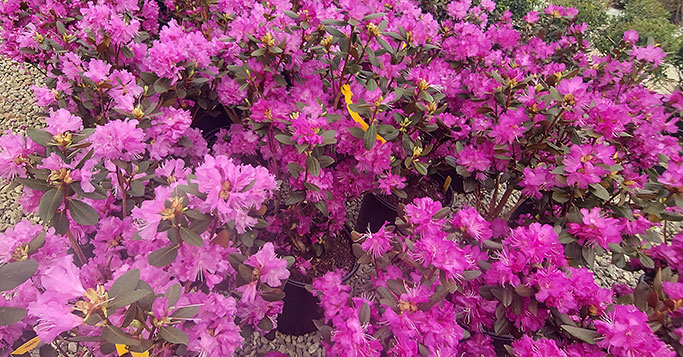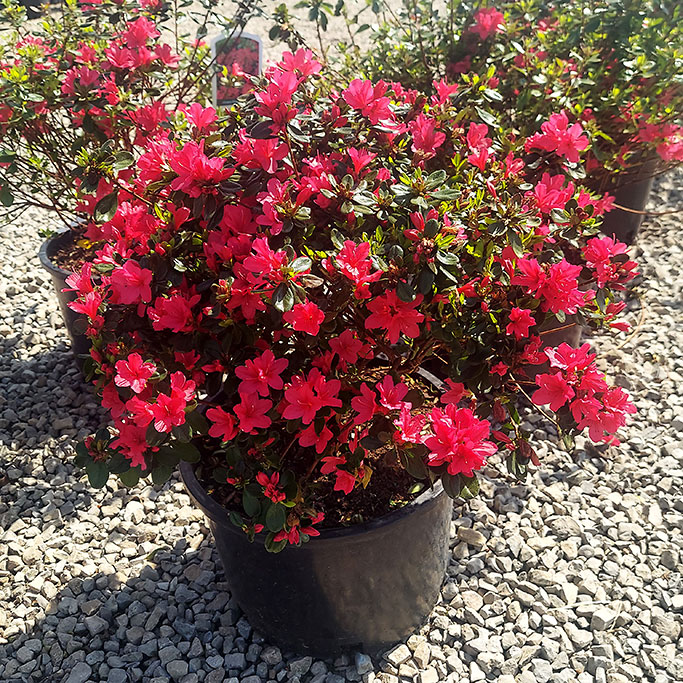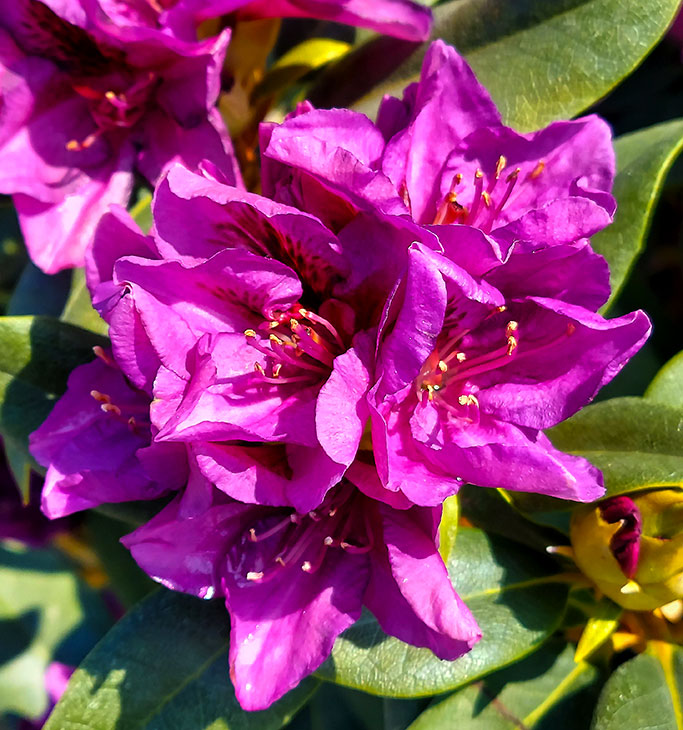Here at the Christensen’s, we get a lot of honeybees. One of our neighbors keeps several hives. The bees look at the Christensen’s yard as an all-you-can-eat buffet! We can be proud of that (until inventory day).
If you were to research planting to support honeybees, it would appear all information points to herbaceous perennials.
However, there is a long list of shrubs that will support honeybees (along with butterflies and hummingbirds).
Azaleas and Rhododendrons are great for early feeding! They also feed butterflies and hummingbirds.
Although insignificant to us, Berberis flowers are just the right size for bees and have lots of nectar. It is also the correct color for hummingbirds to feed. Barberry is home to a caterpillar that will eventually pupate hanging from underneath to become a moth for summer.
Caryopteris ‘Bluebeard’ is the right color and provides ample nectar and pollen. Pushy butterflies try to get the bees off these plants with hummingbirds sometimes entering the fray.
Clethra of any flavor is a bee, butterfly and Hummingbird magnet! The plant produces copious amounts of nectar and pollen. Clethra also flowers at a time when there isn’t much else available for the bees.
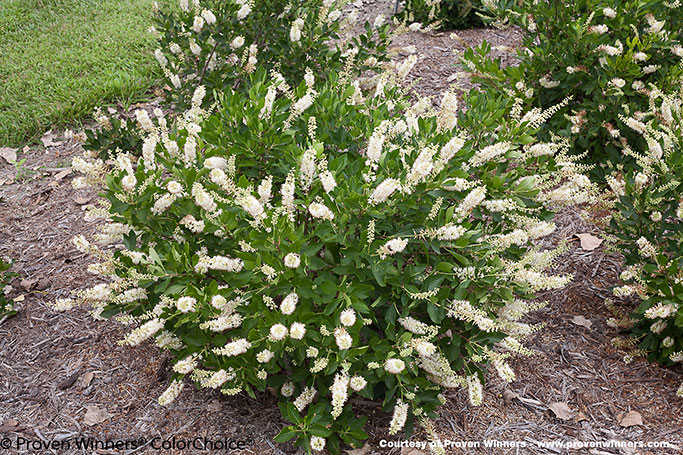
Diervillea. You can’t avoid them, bees need them. They are also a big attraction to hummingbirds and butterflies.
Hamamelis is one of my favorite plants! “Virgin Witches” and vernalis, along with x intermedia hybrids, are great for early spring as well as late fall. “Witch-hazels” attract bees, butterflies and small mammals.
Hydrangea paniculata hybrids. While bees will feed from them, these aren’t a great choice. Some of those flowers were bred for largeness and in the breeding lost the nectar repositories.
Itea (“Sweetspire”) cultivars are bee magnets. Some types of bees are particular and only like one plant. However, all bees like Itea. Itea also attracts butterflies, especially “Skippers”.
Ligustrum vulgare “Privet” it is a wonder food. They produce nectar and pollen. It attracts all bees, butterflies, moths and caterpillars.
Physocarpus opulifolius, and all its cultivars, produce lots of nectar and pollen for bees, as well as butterflies. Physocarpus are also a Finch magnet.
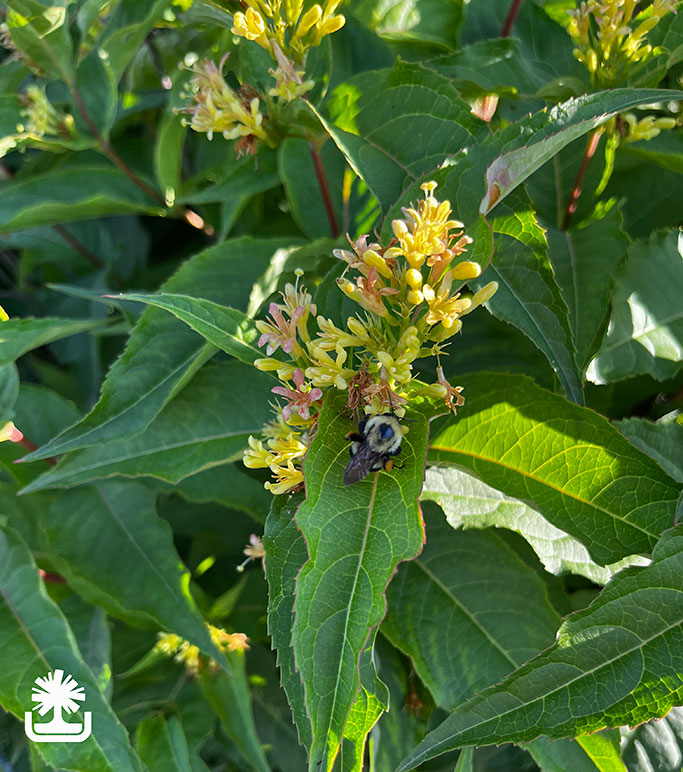
Can you spot the bee on the Diervilla?
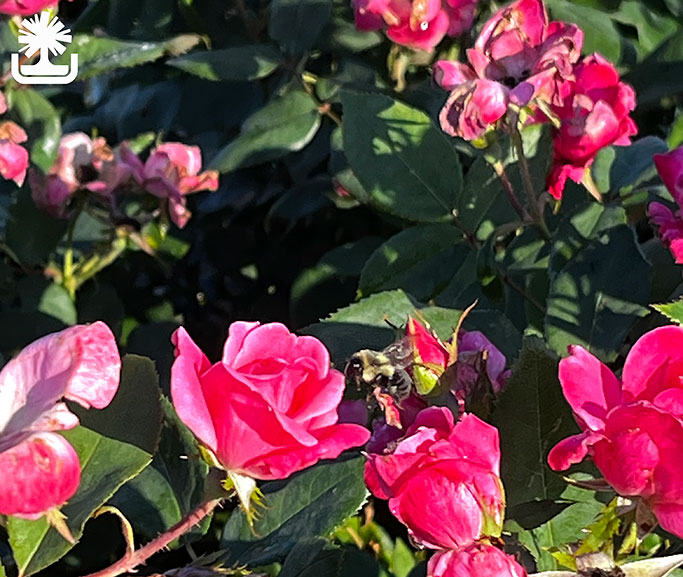
Rosa species and cultivars attract bees. However, the Drift® and Knock Outs® are not good pollinators. They have been bred for other things, losing most of their nectaries. Older varieties, like Rosa rugosa cultivars, are the best for bees and butterflies
Salix species are a favorite food of Queen Bumblebees. Typically, Salix are early bloomers, providing nectar and pollen when not much else has started to flower. They are also butterfly plants. “Viceroy and the “Cloak” Butterflies lay their eggs on Salix and the caterpillars feed on the leaves when they emerge.
I hate having to count Spiraea during the summertime inventory. When you count, you have to move every plant and hope its bees don’t get mad at you! Cultivars available today bloom all year, giving the bees and butterflies a solid food source.
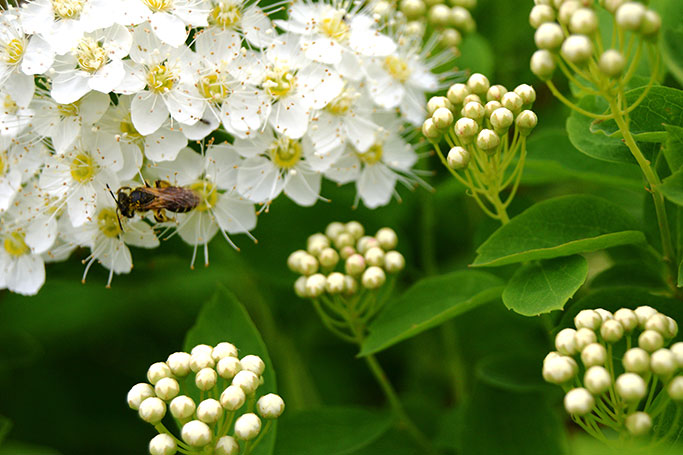
Syringa vulgaris, really any Lilac will do. They are also food for butterflies, several of which use it as a caterpillar plant.
Any and all varieties of Viburnum are heavy nectar producers. If you plan correctly, you can have Viburnums blooming all season. It is another plant that feeds not only bees and butterflies but also birds and mammals.

